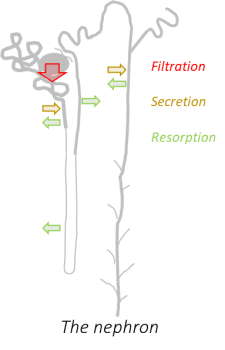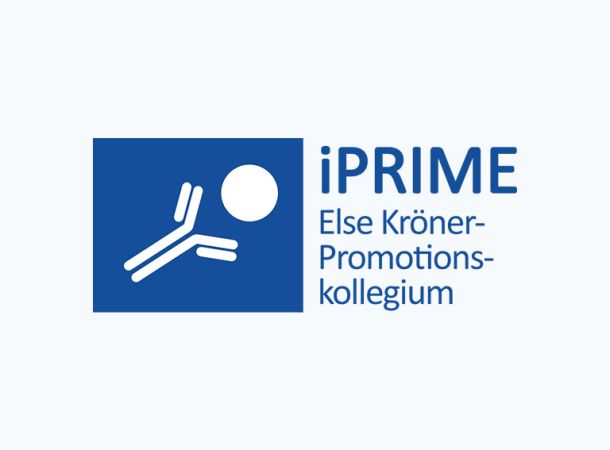-
 Laboratory for renal transport physiology
Laboratory for renal transport physiologyHelga Vitzthum
Mission Statement
“Understanding the integrative regulation of renal tubular transporters for the maintainance of electrolyte and acid-base homeostasis”
— Helga Vitzthum, PhD
Team Members

Kimberely Dreger

Leya Eckermann

Katrin Möller

Helena Pham
Research

©Helga Vitzthum
Each renal nephron is composed of the glomerulus, that filters the blood, and the renal tubule, that changes the composition of the filtrate by reabsorbing ‘needed’ molecules from the urine and secreting ‘unwanted’ molecules into the urine. The tubule is subdivided in the proximal tubule, the loop of Henle, and the distal tubule, which is lastly connected to the collecting duct.
Besides intact glomerular filtration, perfect regulation of the tubular transport processes is essential for maintaining healthy kidney function. Tubular transport processes are orchestrated by numerous hormones such as aldosterone. The group of Dr. Helga Vitzthum focuses on the impact of non-hormonal factors in the regulation of tubular function, such as the influence of the blood electrolyte composition. As such the group could already show that potassium regulates sodium reabsorption in the distal tubule. Currently, we are analyzing how chloride and bicarbonate alter aldosterone sensitivity in the collecting duct.

Helga Vitzthum, PhD
Research Group Leader
CV
Scientist, Institute of Cellular and Integrative Physiology, University Medical Center Hamburg-Eppendorf, Prof. Dr. Heimo Ehmke
|
1990 - 1994
|
Study of biology (Diplom), University of Regensburg, Germany (final exam grade 1.2) |
| 1988 - 1990 | Study of chemistry and biology (Lehramt Gymnasium), University of Regensburg, Germany (intermediate exam grade 1.5) |
|
1995- 2020
|
Research course ‘Methods in computational neuroscience’, Marine Biological Laboratory, Woods Hole, MA, USA |
|
1994 -1997
|
Dr. rer. nat. thesis, Institute of Zoology, University of Regensburg, Prof. Dr. Kai Hansen |
Scientific postgraduate education:
|
1997 - 2004
|
Post-Doc, Department of Physiology, University of Regensburg, Prof. Dr. Armin Kurtz |
Selected publications
1. | Polyhydramnios, Transient Antenatal Bartter's Syndrome, and MAGED2 Mutations. |
2. | Regulation of the Na(+)-K(+)-2Cl(-) cotransporter by cGMP/cGMP-dependent protein kinase I after furosemide administration. |
3. | Disruption of vascular Ca2+-activated chloride currents lowers blood pressure.. |
4. | Functional coupling of renal K+ and Na+ handling causes high blood pressure in Na+ replete mice. |
5. | Targeted mutation of SLC4A5 induces arterial hypertension and renal metabolic acidosis. |
News

Immune Response to Malaria and Chagas disease
PD Dr. Thomas Jacobs, Bernhard Nocht Institute for Tropical Medicine, „Immune Response to Infection“ ...
Martinistraße 52
Campus Research N27
20246 Hamburg Germany




